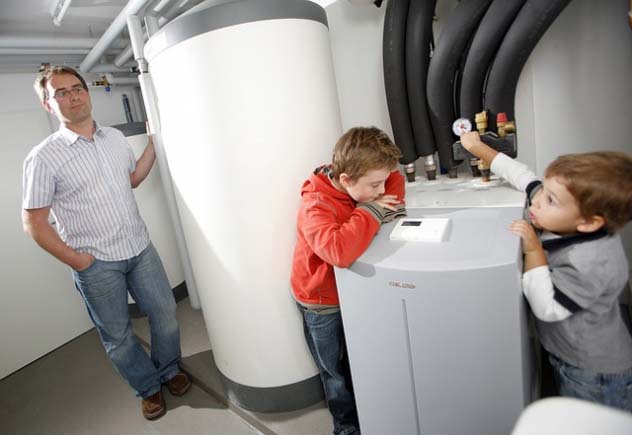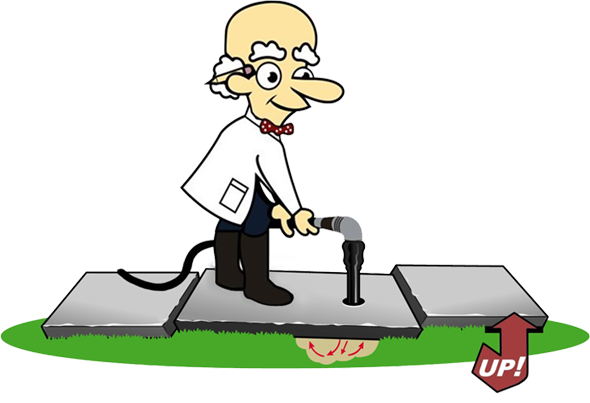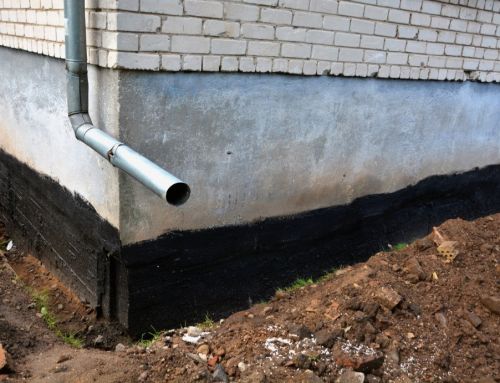IN THIS ARTICLE
 No one wants to face the situation of their basement walls cracking and bowing, but if it happens there are certain facts you should be aware of so you know what to do and who to call to get the damage fixed. Below are 5 things you need to know about basement wall repairs.
No one wants to face the situation of their basement walls cracking and bowing, but if it happens there are certain facts you should be aware of so you know what to do and who to call to get the damage fixed. Below are 5 things you need to know about basement wall repairs.
Sometimes you don’t see the damage until the impact is substantial
The most common first stage of damage to your basement walls is soil expansion which leads to subsequent cracks. The soil expands, causing the cracks. The expansion is likely a result of unstable soil such as clay or foundation soil that was not compacted correctly. The challenge is that most homeowners don’t even spot the damage at first, and a lot of time can go by before the damage is noticed. Even if they do see cracks, they assume that those cracks are normal, perhaps cosmetic only, and they don’t do anything about it. Left unchecked, the damage will get worse. The solution? Do an occasional spot check of your basement walls, and call a professional basement repair company to assess the situation.
Basement wall damage rarely stays just in the walls
Even when homeowner spots a crack or two, they assume the damage ends with the walls, but that’s not always the case. Depending on the instability of the soil, that soil can shift, causing the walls to shift. That, in turn, now impacts the foundation that the walls are attached to. The basement walls start to bow and as a result, the pressure shifts on the foundation, exacerbating the problem.
Damage isn’t just caused by poor soil compaction
People who live in older homes or in areas that experience numerous freezes during the winter have an increased change of basement wall damage. Why? Damage isn’t necessarily limited to poor soil compaction as the cause; poor construction, incorrect water pressure, or even the freezing, thawing and refreezing of well-compacted soil can ultimately cause damage, so it’s a good idea to diligently check your basement walls and foundation if you live in an older home or an area that experiences freezes throughout the year.
Cracks and bowing walls can lead to significant damage
It’s a mistake made by many homeowners who think a little bowing and cracks are normal, especially for older homes, but the damage won’t stop there. Left unchecked, especially if the cause is left unchecked, the damage will continue, running the risk of wall shearing, also known as shear slide. This will impact the structural integrity of not only the wall, but the home itself.
When it’s time to replace your basement walls, materials make a big difference
If you have basement wall issues, you’ll likely get quotes from professionals who will use one of four types of materials:
- Carbon fiber plates
- Carbon fiber sheets
- Carbon fiber Kevlar
- Rhino carbon fiber
While most contend that any of the four will work, only Rhino carbon fiber links to the foundation of the basement for additional support so not only is the damage addressed, but the cause of the damage is stopped to keep it from further damage in the future. In addition, the repair is easily hidden by a fresh coat of paint, as the repair finish is smooth, unlike other repairs.
Foundation wall repair is a serious undertaking. As a homeowner, do your research and consider the above facts when getting your basement walls repaired.
- Mudjacking Cost: 5 Factors That Affect It - April 10, 2024
- What is The Average Cost of Concrete Leveling in Belle Mead, NJ? - April 4, 2024
- Unveiling the Top Pool Deck Resurfacing Options: Choosing the Best for You - March 26, 2024



